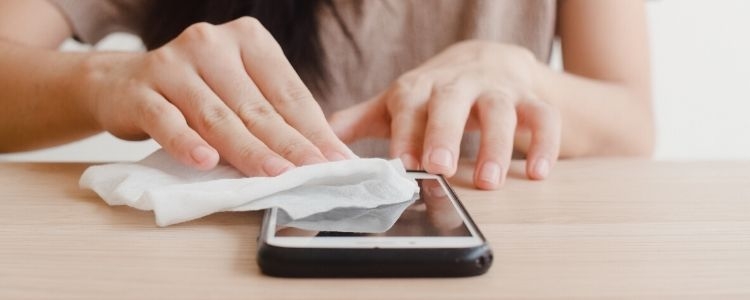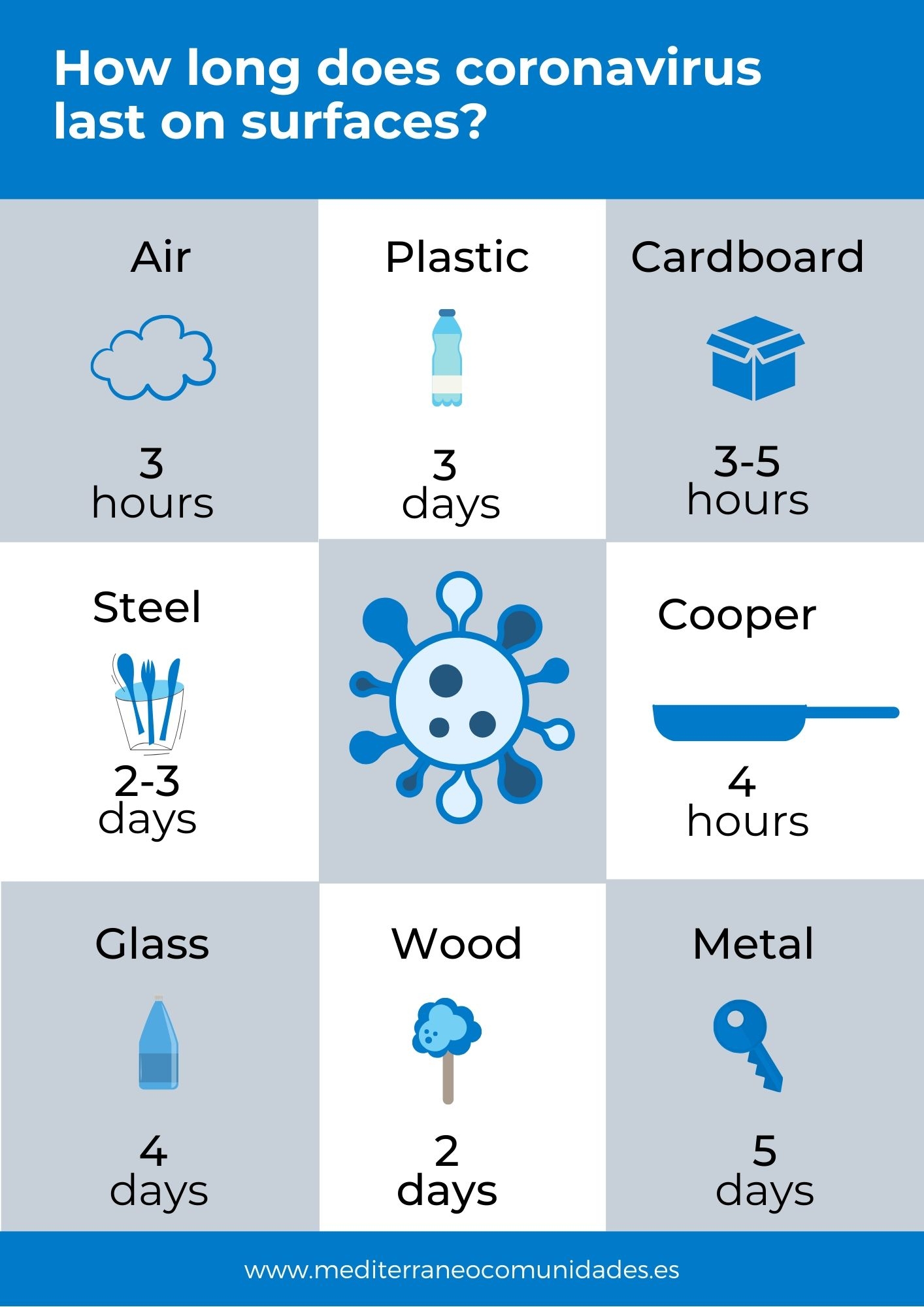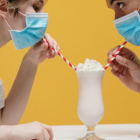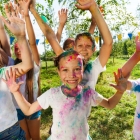The importance of disinfection: How long does coronavirus last on different household surfaces?
25 de May, 2020

One of the questions we are all asking ourselves is how long the virus can last on surfaces, if it is safe, for example, to handle money or take a package from another person. In today’s article we tell you how long the virus can last on different household surfaces and the importance of disinfection in combating it.
As you already know, COVID-19 can spread from one person to another through droplets from the nose or mouth that are expelled when an infected person coughs or exhales. These droplets fall onto the surrounding objects and surfaces and other people may then contract COVID-19 if they touch these objects or surfaces and then touch their eyes, nose or mouth.
The most important thing to know about the contact of coronavirus with surfaces is that they can easily be cleaned with common domestic disinfectants which will kill the virus.

What products can I use to disinfect my house?
You can use different products to disinfect your surfaces. Bleach, alcohol or common disinfectants. The Ministry of Health has published a list of products recommended for disinfecting surfaces to combat COVID-19.
Bleach
Disinfectants can be used such as recently-prepared bleach solutions or any of the disinfectants with virucidal activity available on the market and authorised and registered by the Ministry of Health. You can check them here.
Domestic bleach in a 1:50 dilution is very effective for disinfecting surfaces where the virus might be. Surfaces that are frequently touched: Work surfaces, door handles, button control panels, bathroom and toilet surfaces and taps.
Bleach, or any other product, should never be mixed with ammonia, hydrochloric acid, alcohol, vinegar or any other substance, because this increases their toxicity and may produce hazardous gases.
For bleach to be effective the surfaces must first be wiped with a damp cloth to remove dust. Then clean the same surfaces using another moistened cloth (not wet when cleaning light switches, lift buttons, etc.) in a 1:50 dilution of bleach.
How do I prepare a 1:50 dilution of bleach?
1. Take 20ml of any brand of household bleach.
2. Put it into a 1 litre bottle.
3. Completely fill the bottle with cold water from the tap.
4. Close and turn it upside down several times to mix it.
5. Prepare the mixture on the day you are going to use it.
Alcohol
70% alcohol is very effective for disinfecting personal objects Glasses. Landline phones. Mobile phones (do not share them). Computer keyboards and mice. Remote controls. Keys.
How do I prepare 70% alcohol?
1. Start with alcohol we have at home for cleaning wounds, which is 96%.
2. Take 70ml of 96% alcohol.
3. Fill the bottle up to 100 ml with cold water from the tap.
4. Close and turn it upside down several times to mix it.
5. Dampen a clean cloth with this solution to disinfect personal items.
Ozone as a disinfectant
Ozone cannot be used in the presence of people. Ozone has been confirmed as a biocidal substance for environmental use, but it has not yet been approved in Europe and it is not known what uses it will be authorised for. This means that it cannot have a label advising of its hazard level and uses, in contrast to the other biocidal substances.
Which areas of my house have the most germs?
The greatest sources of infection in the home are the places we use the most, mainly the bathroom, the kitchen and the sitting room. As well as these three areas, special attention should be given to the following 6 hot spots in the home, which you must disinfect regularly using an appropriate product for the surface and material:
1. Handles, banisters and handrails.
2. Bath and kitchen taps.
3. Kitchen surfaces.
4. Light switches.
5. Electronic devices: television remote, mobile phones, tablets, etc.
6. Shared work spaces: desk, computer, keyboard, mouse, etc.
How can I protect myself?
Daily cleaning and disinfection of surfaces and communal areas is vital to avoid the virus spreading.
The risks associated with COVID-19 are related to interaction between people. The most effective measures to avoid transmitting the virus are social distancing and higher respiratory and hand hygiene standards.
Ventilation of closed spaces
Ventilate every area, every day for at least 15 minutes. A lack of ventilation promotes transmission of the virus.
When should we wash our hands to avoid the risk of contagion?
1. Before starting work.
2. Before handling processed, ready-to-eat food.
3. After handling or preparing raw food.
4. After touching rubbish.
5. After cleaning and disinfection.
6. After using the bathroom.
7. After blowing your nose, sneezing or coughing.
8. After eating, drinking or smoking.
9. After touching areas or surfaces that might be contaminated.
10. After handling money.
11. Before and after carrying out caring tasks for people who are ill.
12. After touching animals.
If you are in any doubt about this or other matters relating to cleaning and disinfecting your home or community, you can contact your property administrator using the Mediterráneo App.
-

How to sleep well in summer despite the heat
High temperatures may make falling asleep more difficult. Also during the summer holidays, the rh...
-

Is it compulsory to wear mask in the community of owners?
On Wednesday 20th May the Official State Gazette (BOE) published the Ministry of Health order (SN...
-

Summer camps in communities of owners
In this post we try to clear up some doubts of a plan that sounds perfect but that can also lead...
-

5 summer plants to have in plenty of sunshine
5 summer plants to have in plenty of sunshine
-

Tips for safe summer holidays
Tips for safe summer holidays